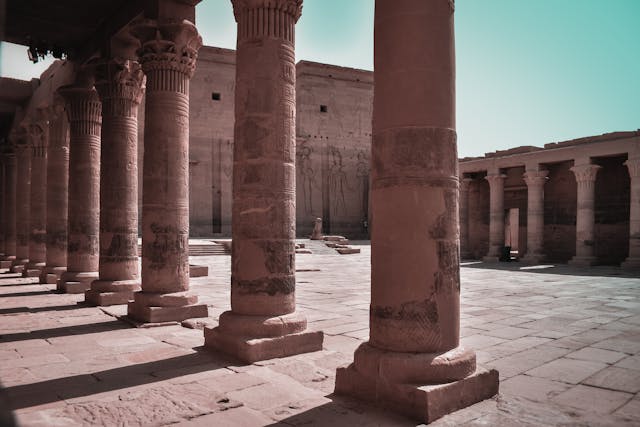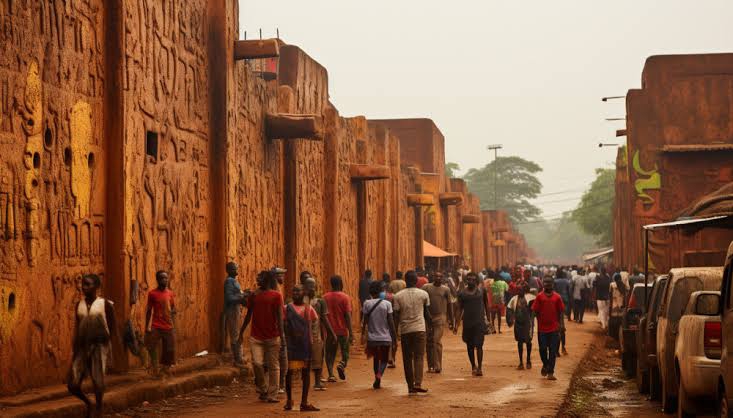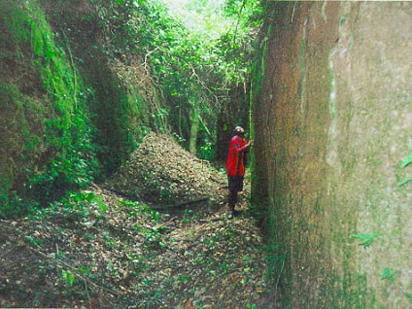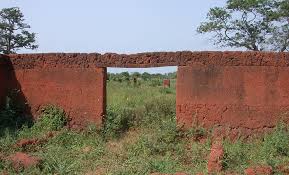




The awe-inspiring Benin City Walls and Moat! Once one of the largest earthworks in the world
History African@africanhistory
6 months ago
The Benin City Walls and Moat, located in Benin City, Edo State, Nigeria, are one of the most remarkable historical landmarks in Africa. Stretching over 16,000 kilometers in total, the walls and moat once formed one of the largest and most complex architectural structures in the world. Here are 10 interesting facts about these incredible structures:
1. One of the Largest Earthworks in the World
The Benin City Walls and Moat system are among the largest earthworks ever created by humans. With walls that stretch over 16,000 kilometers, it’s said that the wall system could encircle Manhattan multiple times.
2. Built Without Modern Tools
The construction of the walls and moat took place long before modern machinery existed, yet it was built with such precision and scale that it remains an engineering marvel. The walls were constructed using a combination of clay, earth, and other locally sourced materials.
3. A Symbol of the Benin Kingdom's Power
The walls were originally built to protect the Benin Kingdom from invasion. They not only served as defensive structures but also symbolized the might and influence of the kingdom, showcasing its ability to mobilize resources and labor.
4. A Complex System of Moats
The moats surrounding the walls are just as impressive as the walls themselves. The moat system was designed to make it more difficult for invaders to approach the city. It is believed that the moat was around 100 feet wide in some places and had a deep trench that was filled with water.
5. Over 70 Miles of Walls
The Benin City Walls spanned more than 70 miles and were composed of multiple layers of walls and ditches, some of which were more than 20 feet high. These walls created a network of defense that encircled the entire city and its suburbs.
6. Sustained Over Centuries
The walls and moat were not just a one-time construction project but were maintained and strengthened over several centuries. They were constantly upgraded and expanded by different rulers of the Benin Kingdom to adapt to changing threats.
7. World Heritage Site
The Benin City Walls and Moat are now recognized as a significant historical and cultural landmark. They are listed as part of Nigeria’s National Heritage and are an important site for understanding the rich history of the Benin Kingdom.
8. The Walls Were Part of a Larger Urban Planning System
The construction of the walls and moats was part of an elaborate urban planning strategy. The Benin City layout was designed with streets, marketplaces, and districts, all carefully planned to reflect the power and organization of the kingdom.
9. Technological Innovation
The walls and moat system showcased the advanced engineering skills of the Benin people. The construction of these earthworks is a testament to the knowledge of materials and landscape design long before colonial influence.
10. Destruction by British Forces
In 1897, during the British Punitive Expedition, much of the Benin City Walls was destroyed. Despite the significant damage caused by the British forces, remnants of the wall and moat still stand today, serving as a symbol of resilience and the kingdom’s historic grandeur.
The Benin City Walls and Moat are not only important in terms of defense and engineering but also hold deep cultural and historical significance, reflecting the power, ingenuity, and organization of the ancient Benin Kingdom. A visit to these structures is a step back in time, allowing one to appreciate the advanced craftsmanship and strategic thinking that went into building one of Africa’s most impressive feats of architecture.
#BeninCityWalls #BeninMoat #AfricanHistory #CulturalHeritage #EngineeringMarvel #BeninKingdom #ExploreNigeria #HistoricalLandmarks #NigeriaHistory #AncientArchitecture #WorldHeritage #DiscoverNigeria #CulturalLegacy #AfricanCulture
Photo Credit: bowiestavern
